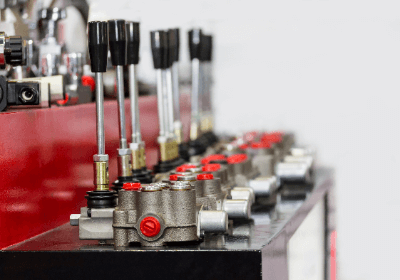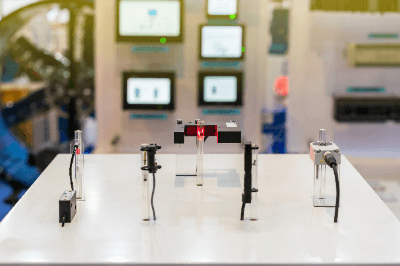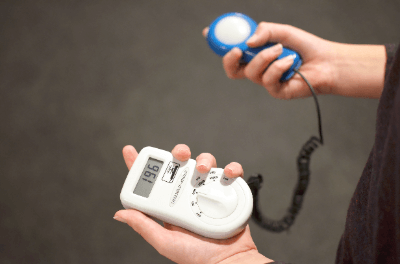What Is a Hydraulic Valve?

A hydraulic valve is a device used to control the flow of fluid in a hydraulic system.
They are used in machines and equipment to transmit and control power. Hydraulic valves control the operation of a system by adjusting the pressure, flow, and direction of fluid according to specific conditions.
These devices are widely used in a variety of industries, including automotive braking systems, construction machinery, and factory production lines. These valves stabilize machine operation by providing efficient and accurate control.
Applications of Hydraulic Valves
The main applications of hydraulic valves are as follows:
1. Construction Machinery
In construction machinery such as bulldozers, excavators, and cranes, hydraulic valves are used to control drive systems and braking. This provides precise control of machine operation and improves safety and efficiency.
2. Agricultural Machinery
In agricultural machinery such as tractors and combines, hydraulic valves are used to control the operation of steering, lifting, and traction devices.
3. Factory Machinery
In factory production lines and machinery, hydraulic valves are used to control movement. This ensures proper regulation of machine movement and pressure to make the production process more efficient.
4. Industrial Machinery
In industrial machinery such as presses, injection molding machines, and robotic arms, hydraulic valves are used for precise motion control.
5. Aircraft and Ships
In aircraft and ships, hydraulic valves are used to control flight control systems, landing gear, hydraulic doors, etc.
6. Vehicles
Hydraulic valves are incorporated in the braking systems of cars and trucks. This ensures that the proper braking force is applied and that the driver can safely control the vehicle.
7. Pressure Control Systems
Hydraulic valves are sometimes used to control pressure. Examples include automotive suspension systems and hydroforming processes.
Principle of Hydraulic Valves
Hydraulic valves use hydraulic pressure to drive valves. Hydraulic drives use the incompressibility of oil to drive a machine or system. When oil is subjected to pressure, the force generated by the oil is transmitted to the machine or actuator to control its motion or force.
When oil is pressurized, the pressure is transmitted evenly throughout the liquid, effectively transferring the force received by the oil to the actuator. The principle of hydraulic drive is also based on Pascal’s principle. Pascal’s principle states that when a fluid is in a closed container, the pressure on the fluid is evenly distributed, and that a small force can be applied to produce a large force by using the pressure of the fluid.
In other words, hydraulic drives can generate large forces and torques by taking advantage of the incompressibility of fluids. This allows them to lift heavy loads and perform tasks that require high torque. Hydraulic valves are therefore particularly suited for controlling highly viscous fluids that require high forces and torques.
Types of Hydraulic Valves
The main types of hydraulic valves are as follows:
1. Switching Valve
A switching valve switches the fluid between the input and output ports. By supplying fluid to different ports, the operation of the system can be switched.
2. Pressure Control Valve
Pressure control valves are used to control the pressure in a system. They help to set a specific pressure value, prevent the system from overloading, and ensure the required operation.
3. Flow Control Valve
Flow control valves are used to control fluid flow. They can ensure a specific flow rate and regulate the speed and operating stability of the system.
4. Directional Control Valve
Directional valves are used to control the direction of fluid flow. They help to change the operating direction of cylinders and actuators.
5. Quasi-Safety Valve
Quasi-Safety Valves are used to prevent abnormal pressure build-up in a system and open automatically when a specific pressure is exceeded.

 A Photoelectric Sensor is a sensor that detects light.
A Photoelectric Sensor is a sensor that detects light. A power inductor is an element of a coil used in a power circuit among inductors.
A power inductor is an element of a coil used in a power circuit among inductors. A rotary switch is a switch that switches contact points by
A rotary switch is a switch that switches contact points by 